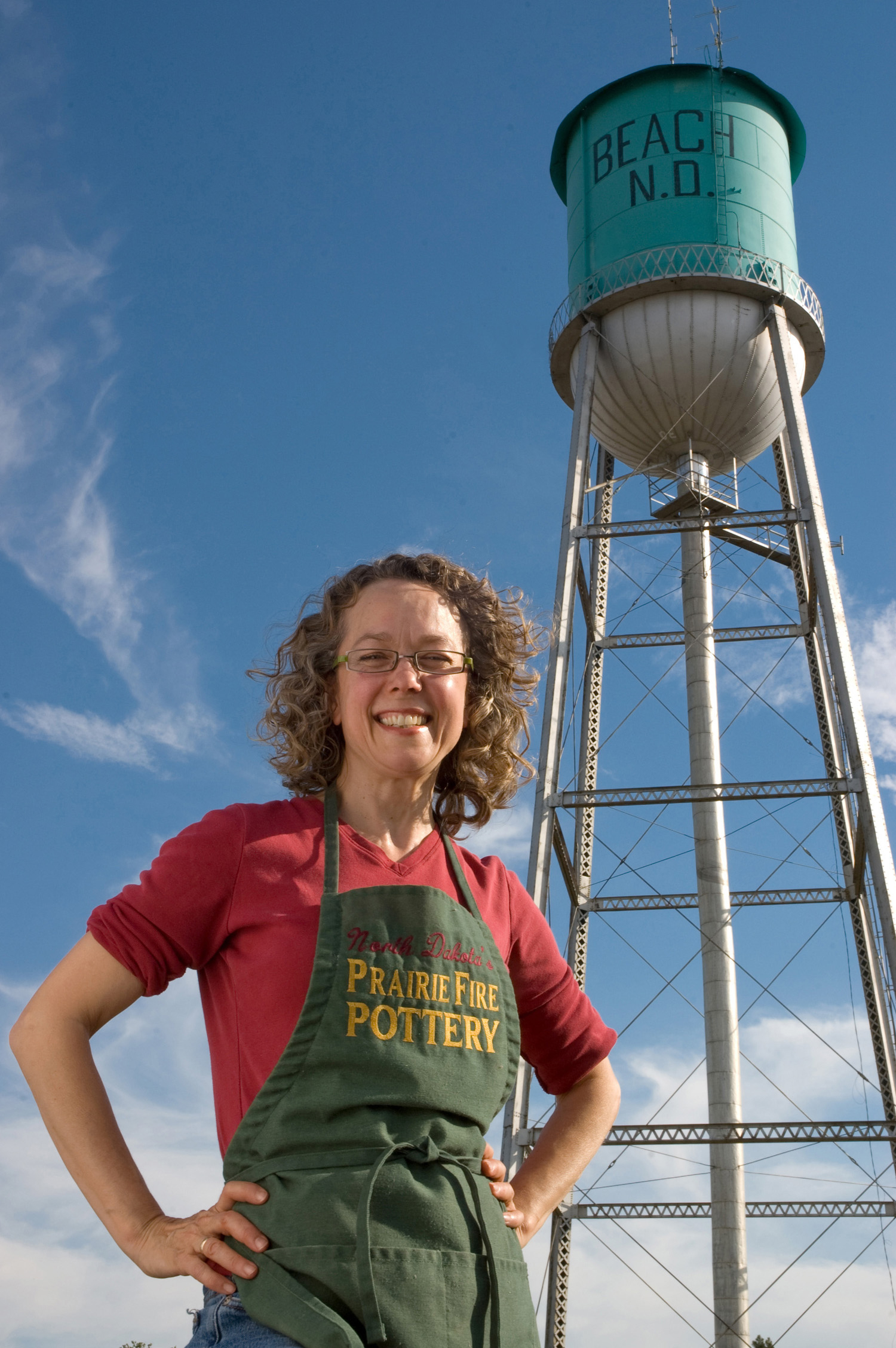Tama Smith has been a professional potter for 32 years. After completing a year of her MFA at Michigan State University, the North Dakota native moved to the small town of Beach, North Dakota, west of the Missouri River, with her husband and business partner Jerry DeMartin. Here the land starts rolling up into hills and buttes toward the Rockies in Montana and is striped in the colors of red, tan and black by prairie fires. Here Tama could affordably have her own studio and business. Her shop, Prairie Fire Pottery, is now 25 years old and attracts thousands of pottery-lovers every year who are drawn to her pottery, which is inspired by North Dakota’s badlands and expansive Midwest skies.
When asked about why she primarily draws inspiration from nature for her artwork, Smith said, “Clay is of the earth and we are of the earth…clay just has a tactile drawing of your soul. And I really enjoy firing up the kiln and building up the fireball up to 2400 degrees. It’s all kind of nature and natural, and I just feel so fortunate to be able to make a living doing what I love.” Smith not only uses the prairie as a muse, but also uses glazes she makes herself to create her pieces, grinding them from locally available minerals including silica, feldspar, talc, red iron oxide and cobalt. She seems unbothered by the rising popularity of digital photography as an artform to depict nature and emphasizes, “Art, when art is good…it grabs you, draws you in and makes you interact with it. Obviously, there’s beautiful photography, but in terms of tactile-ness…to see something in a piece, you need the person to interact with the piece to make that connection between a person and a piece of art complete, to make that spark, that thing that makes you engage with it.”
Though some artists may worry about operating out of a rural setting, Smith claims that a small town is one of the best places an artist could be . She says, “You can be whatever you want to be in a little town. I think you can be swallowed up in a big city. But if someone drives into Beach, North Dakota, and stops someone on the street and says, ‘Where is the pottery?’, that person will say, ‘Oh down there, take a left…’ It’s easier to be noticed in a small place. I think that’s why I chose to move back, because I think you can dream big when there are so few humans.” Her love for the Midwest and for the artistic value in the prairie is evident. As she puts it, “People say there’s nothing here, it’s flyover country. Well, you can make something when you have this vastness to dream big…there’s beauty everywhere and you can be inspired everywhere.”
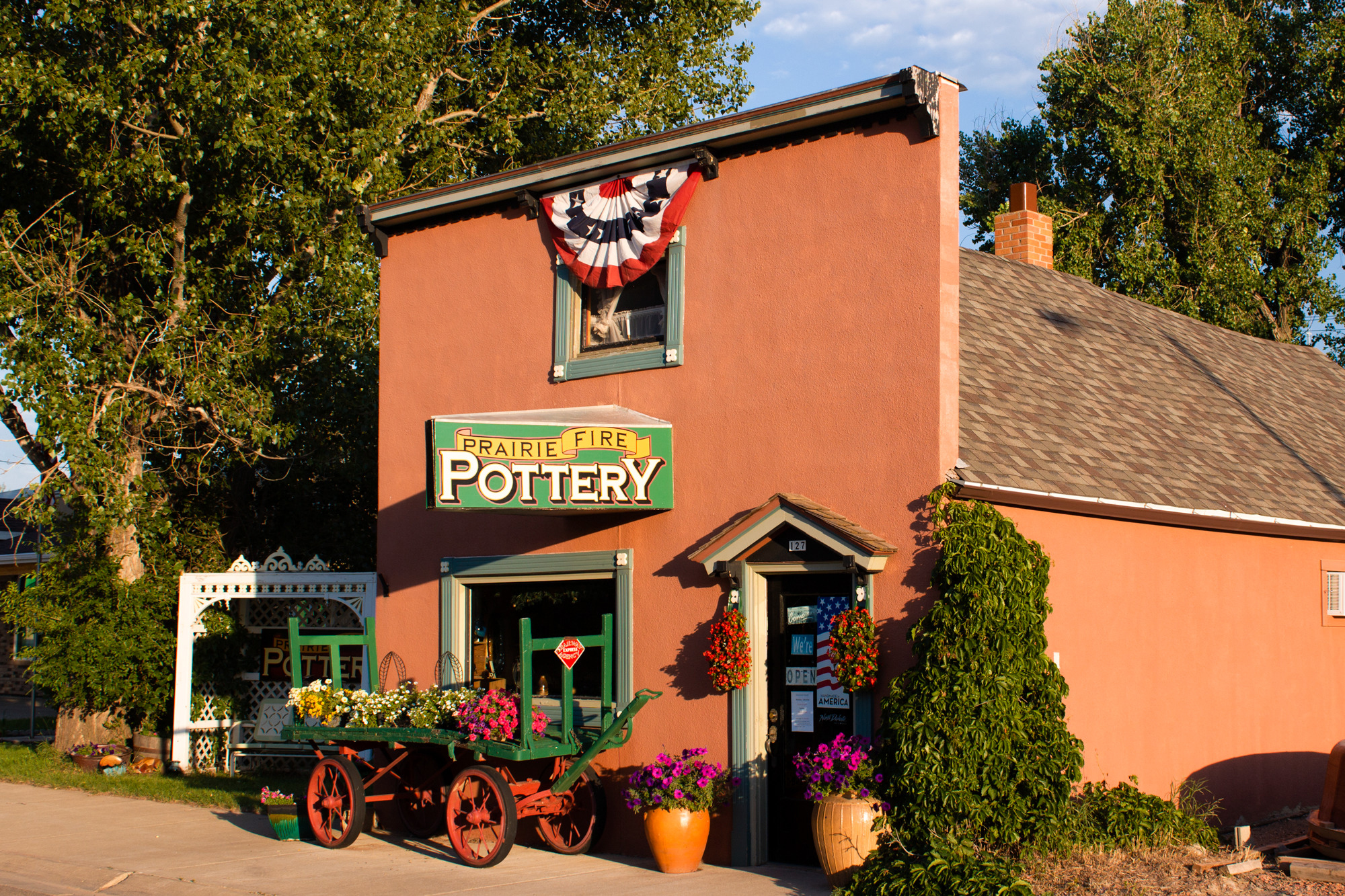
Tama Smith’s shop in Beach, North Dakota, in the western part of the state, near the Montana Line
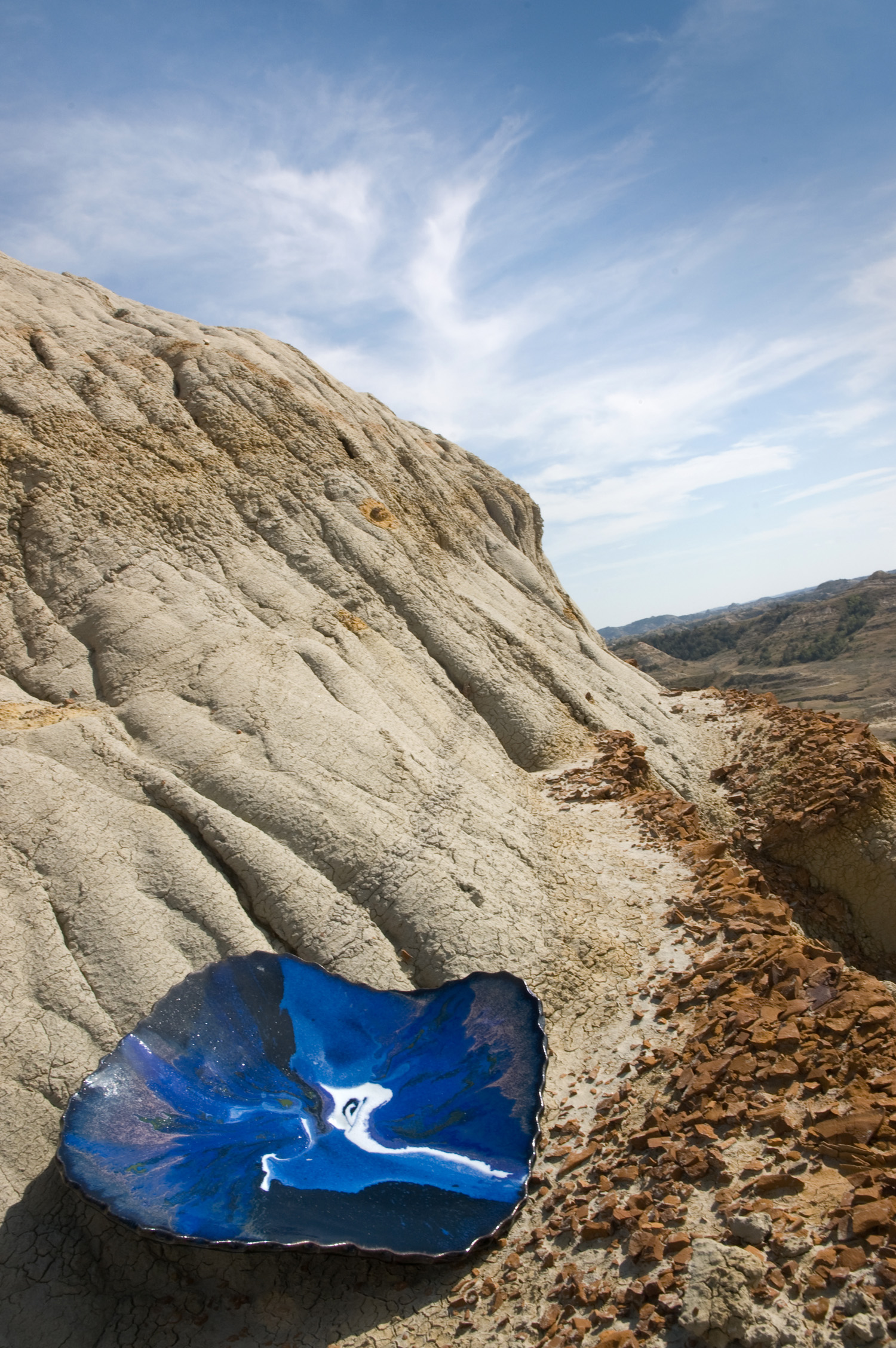
Smith’s work reflects the badlands locale in which it’s created
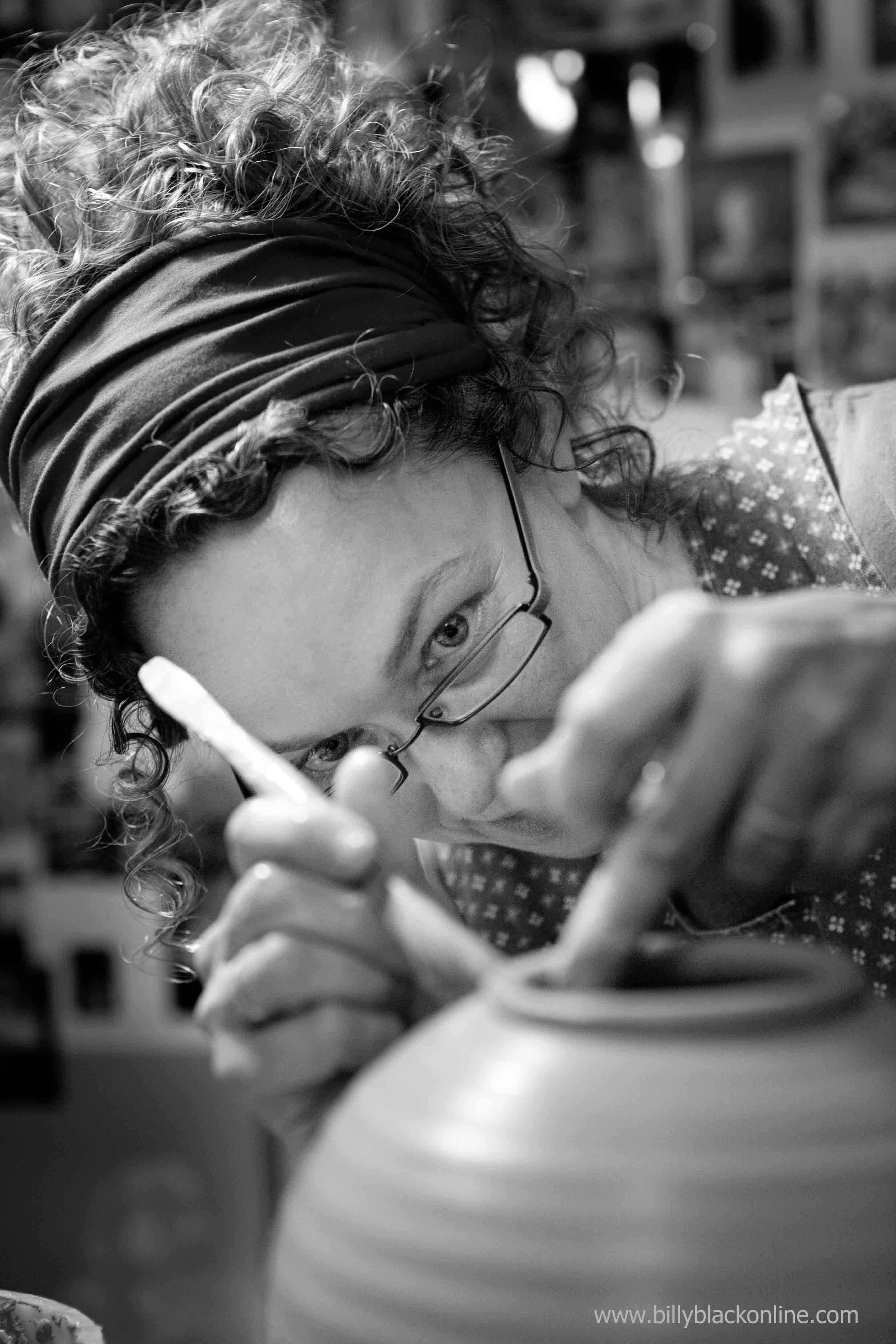
Smith at the wheel in her shop. Photo by Billy Black
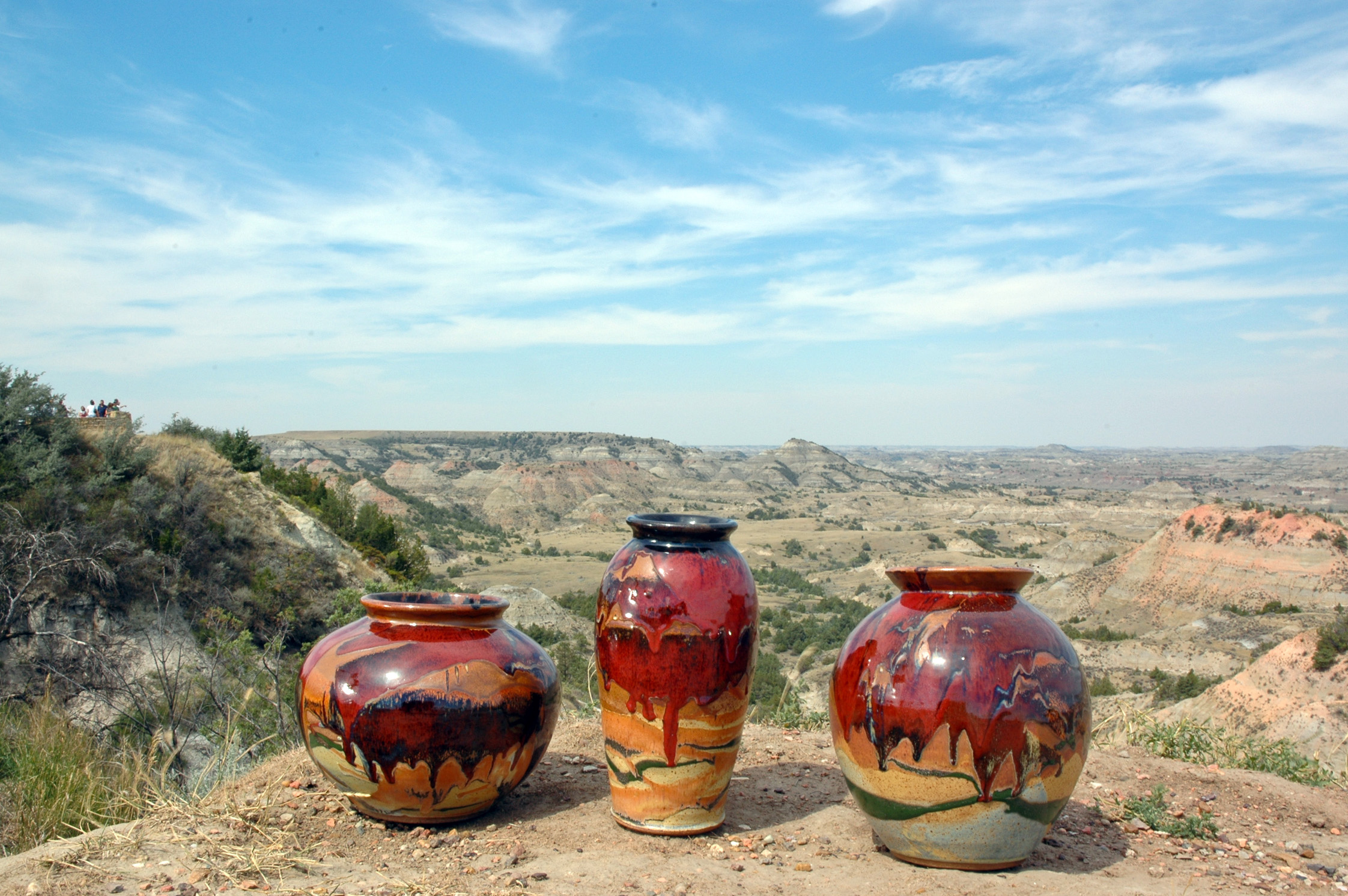
Smith’s pottery and the landscape which inspires it, ‘striped in the colors of red, tan and black by prairie fires’

A large platter juxtaposed with grain bins near Beach, North Dakota
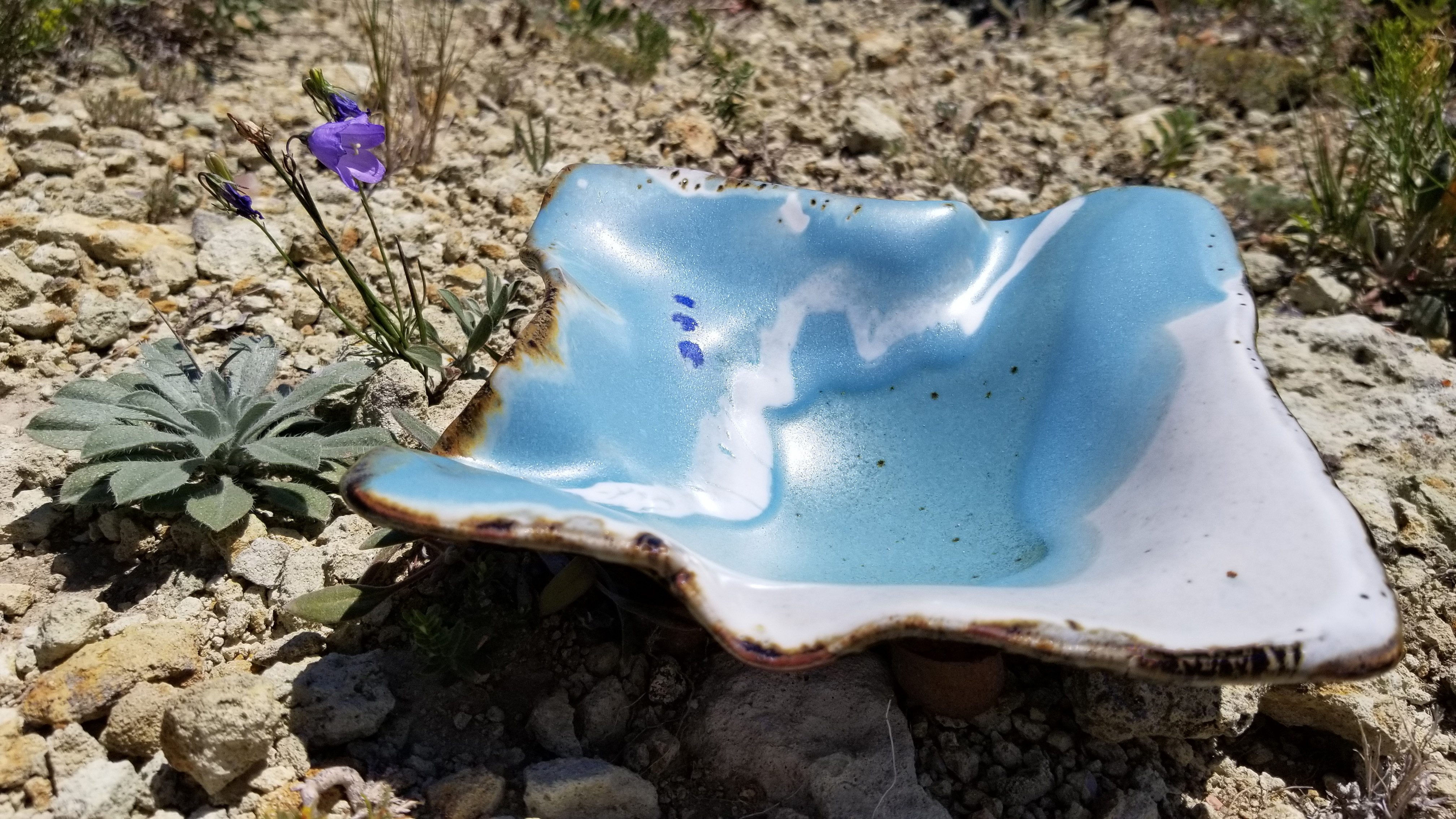
Smith made this hand-built plate using a Sage glaze. Here it’s set next to its namesake
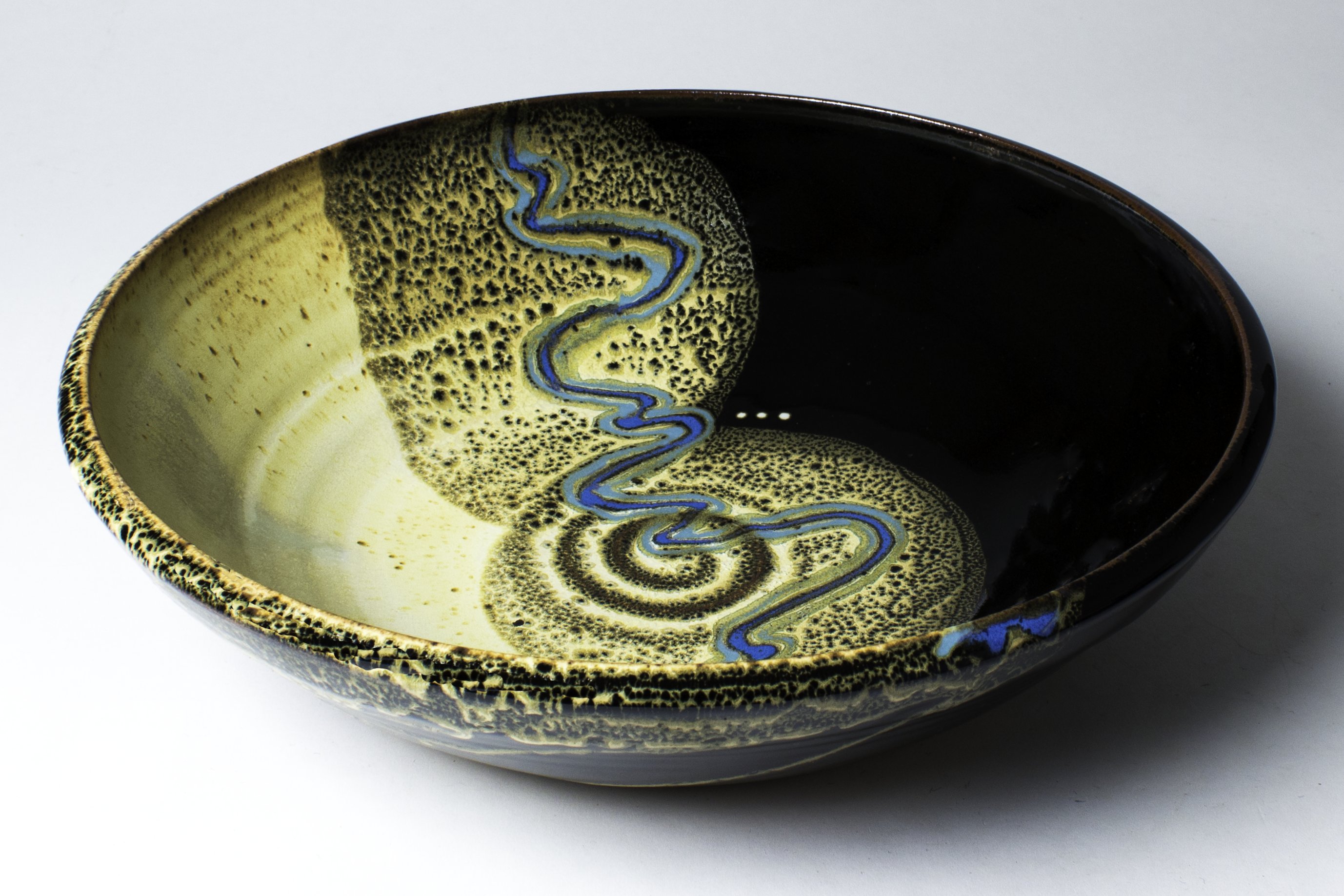
Smith grinds her own glazes from locally available minerals. Her primary ingredients include silica, feldspar, talc, red iron oxide and cobalt. This piece is glazed in her ‘Yellow-stone’ pattern


